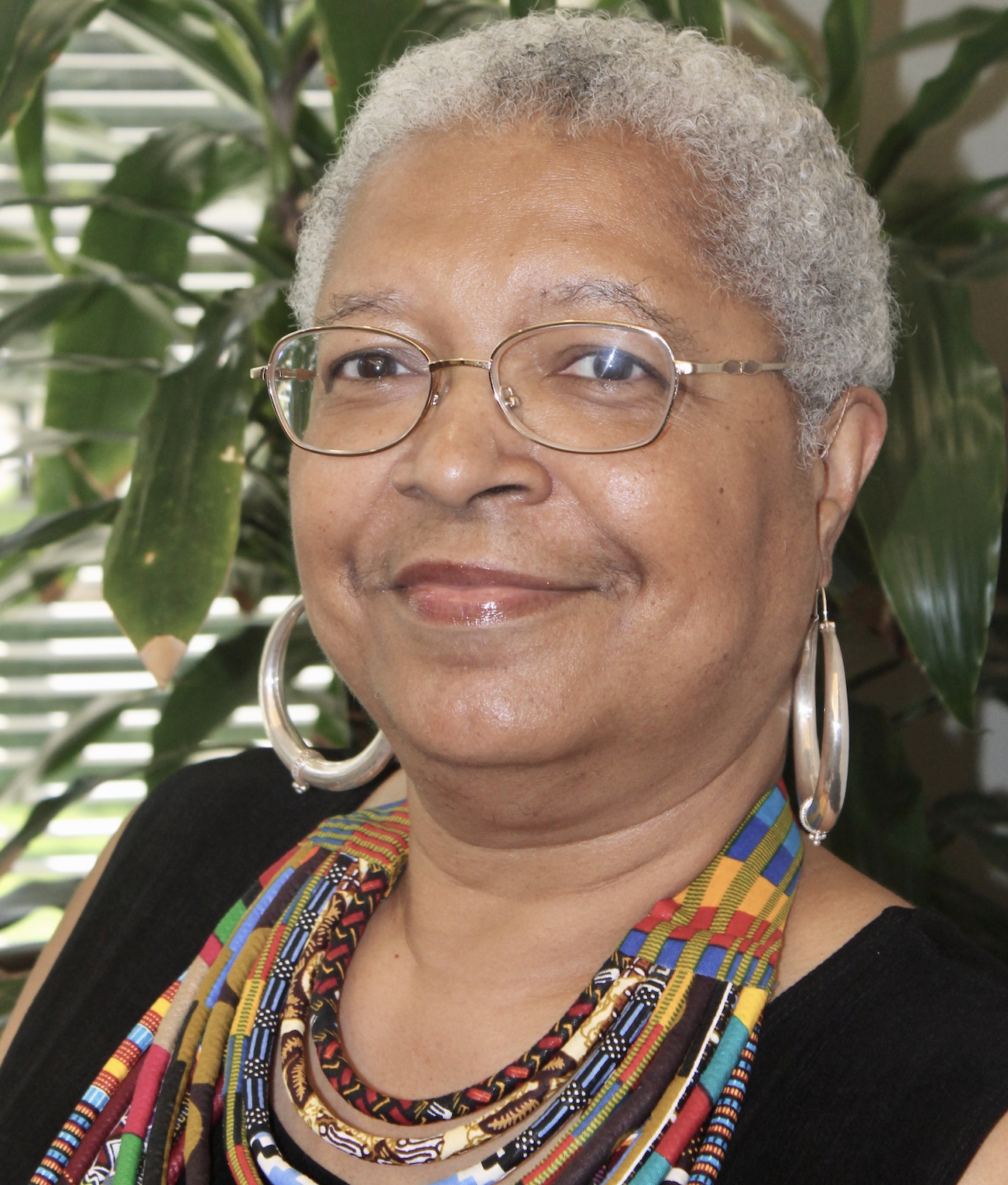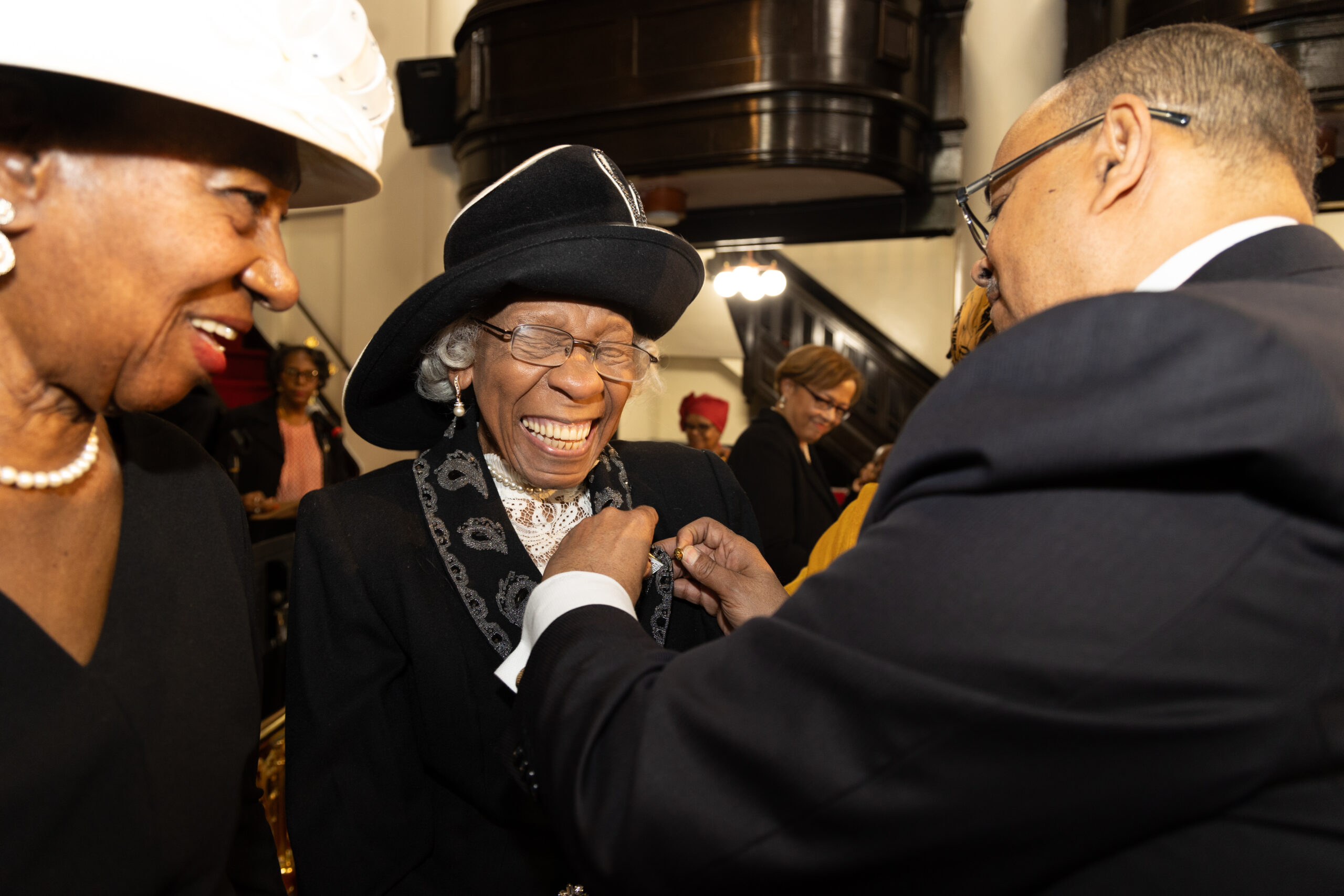The Devil You Don’t Know II
Rev. Dr. Melinda Contreras-Byrd, Contributing Writer
The previous article shared the curious experiences that continued to unfold when I began to examine the topic of evil. I will continue with “Jesus’ high priestly prayer” (John 17). In it, we find a loving God seeking unity with all people; and Jesus praying a heartfelt prayer asking that his followers be made “one” as the Trinity is one. We learn that we (the church) are to serve as “Exhibit A” of the existence of God as we model Jesus’ earthly behavior. Most sobering is the fact that the world has a right to doubt the existence of our God and what we preach if they can not see proof of our love and unity! What better way, then, for the dark works of evil to strike out at God than to ruin the testimony of the church!
Christians must realize that there are people who do not come to church to do good. Instead, some attend church deliberately (unknowingly or ignorantly), engaging in behavior that deconstructs, de-legitimizes, and destroys the church.
How can you recognize this in church congregations?
In Kenneth Haugk’s book, Antagonists in the Church, he names a very dangerous situation facing the church by unveiling the presence of persons he identifies as “antagonists.” He characterizes them as those who cause congregational disunity, chaos, and conflict, referencing their tendency to engage in destructive behavior, including frontal and clandestine attacks against the pastor.
They fool us because they are often charismatic and personable, good actors who seem to be deeply spiritual mavericks with the potential to help others and improve the church. But, they create factions, influencing members to join them in causing drama and conflict, and opposition to the authority of the pastor.
I am warning that there are people whose behavior results in loosing evil in the church.
That there are “antagonists” in the church is a sobering thought. But not just Haughk and I are familiar with these phenomena. In his 2009 book, Clergy Killers, pastor and pastoral counselor, G. Lloyd Redinger cites an even more sinister phenomenon as he introduces us to people he calls “Clergy Killers” (CKs). Describing outrageous, true situations of pastors so taunted and attacked that they died of stress-related illnesses or left the church altogether, Redinger argues that “…contemporary society is especially compatible for CKs.” He reasons that “there is a) a general distrust of authority figures of any kind; b) a lack of Biblical literacy of congregants, c) a sense of entitlement of parishioners to “criticize and punish pastors” and leave if the pastor is not “pleasing them,” and d) a lack of pastoral training in conflict resolution, or how to support themselves in survival situations. While Hauk stresses our need to be able to differentiate between healthy criticism and conflict vs. antagonism and activism,” he also notes that “confrontation is not mutually exclusive to forgiveness” and interprets the admonition of Titus 3:10-11 as teaching that people who refuse to repent, are walking in sin those who are followers of Christ must have no more to do with them. Unpacking how best to respond to this teaching merits a Bible study.
I am raising this issue because I have personally interacted with psychopaths, sociopaths, narcissists, antagonists, and “clergy killers” over the years, and it took me some time to realize it! Each easily fits into Christian settings, accurately quoting scripture and appearing sensitive and gifted. They look like leaders, have a great sense of humor, and draw us to them. However, we soon note that they are often critical. We laugh with them at their stories that, yet, upon reflection, suggest that they take pride in being dishonest. We discount our suspicions, not wanting to be judgmental. We shake our heads, dismissing our realization that they are often at the center of church friction. Finally, we notice that they do not play by the same rules we do, thrive on conflict, and work at forming allies against someone or even the pastor. Money is missing when they are around, and people are silenced, fearful, and overruled. They show up at meetings where they do not belong—criticizing and causing conflict.
Although many of us have seen this type of situation in a church, we have likely never taken the time to analyze the situation. It is hard to believe that a church member or leader’s motives could be so selfish, deliberately dishonest, and destructive.
Unfortunately, our Christian theological bent assists in the success of “antagonists” and “clergy killers” in the church. It is past time for theological reflection and rethinking. Does being long-suffering require that we tolerate consistently disruptive and destructive behavior? How do we protect the unity in the body of Christ without becoming permissive, judgmental, and unforgiving?
Please take the time to read the books cited in this series. Then, discuss this phenomenon and the closing questions so that we will not continue to welcome wolves in sheep’s clothing into the church.





